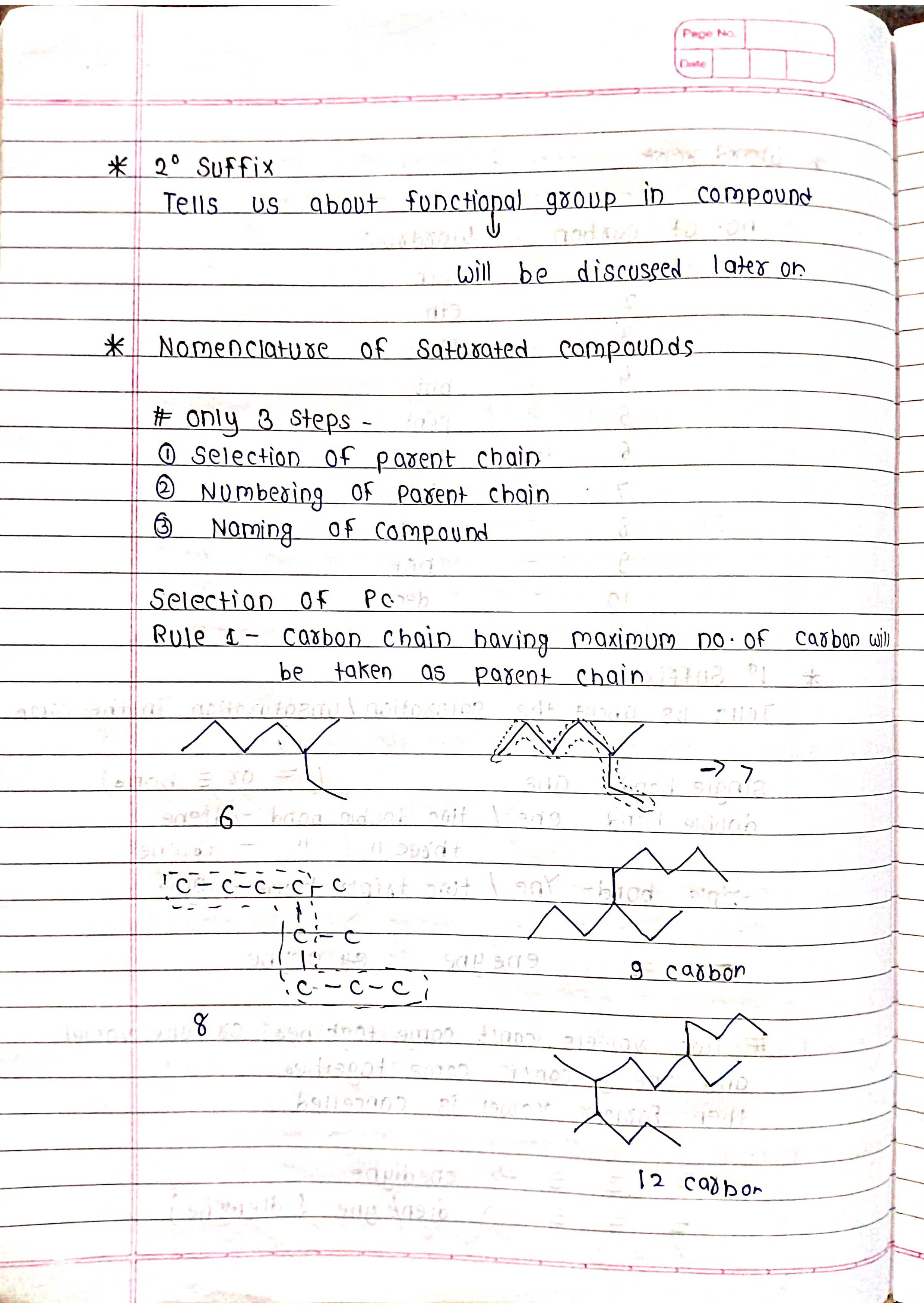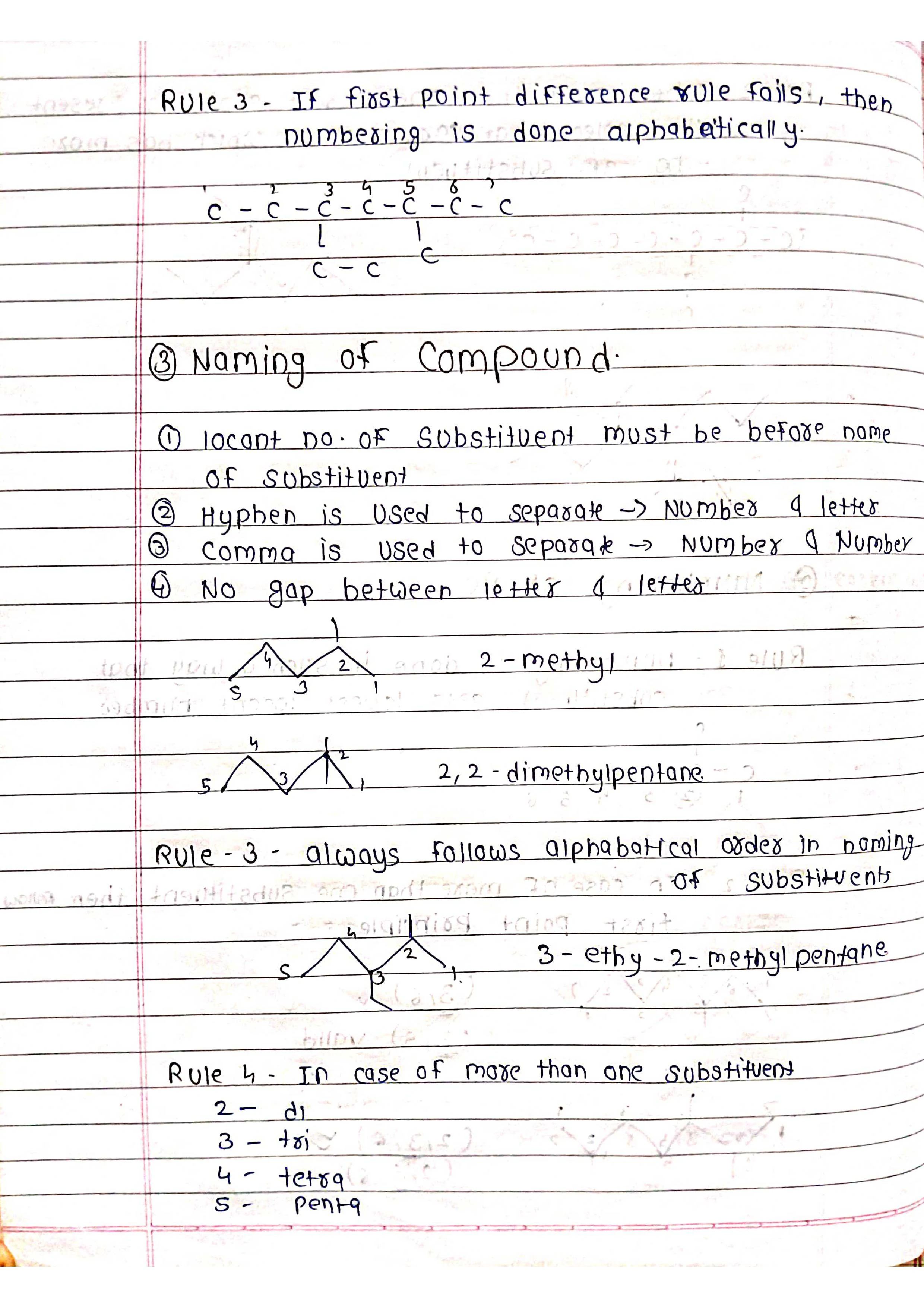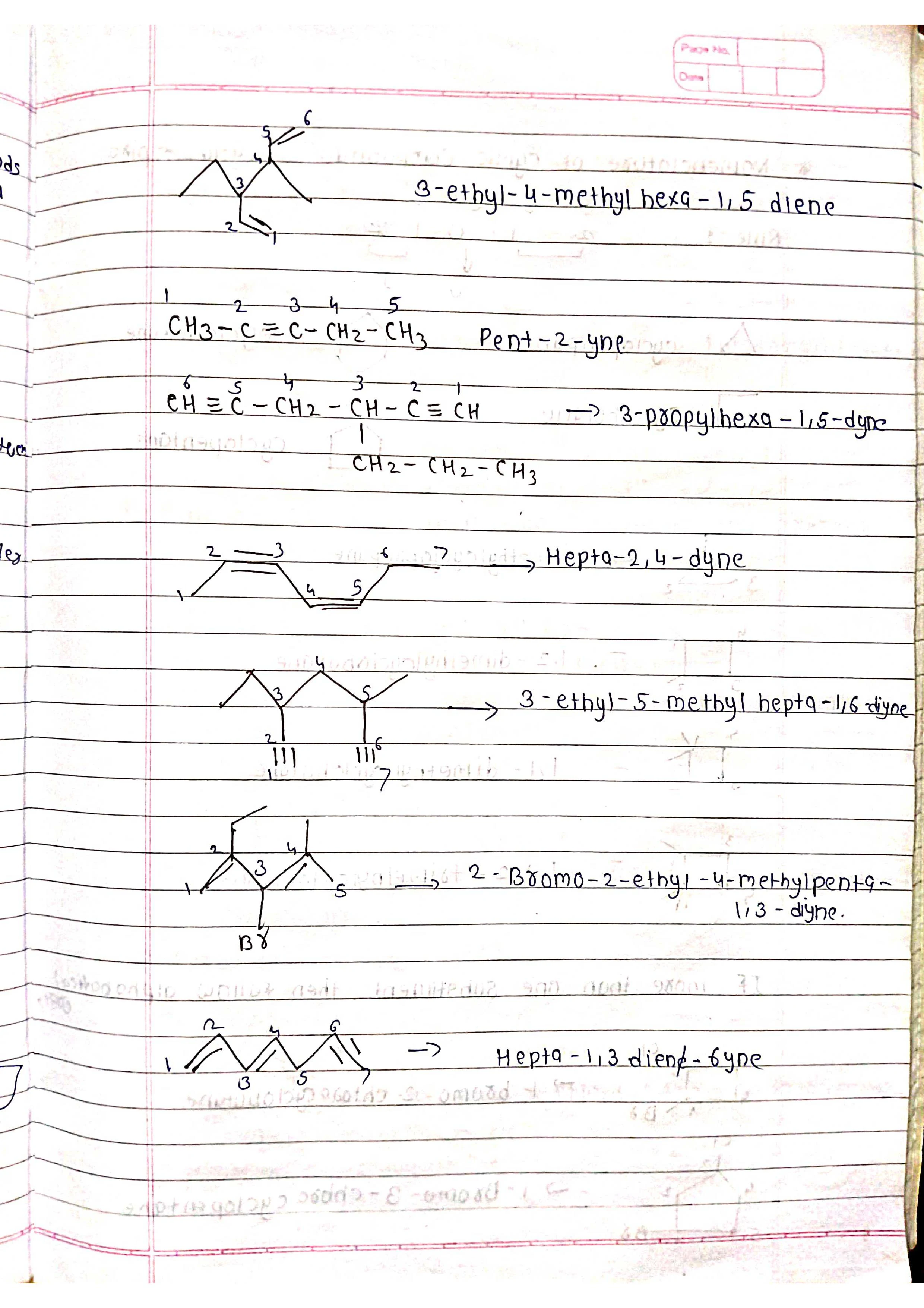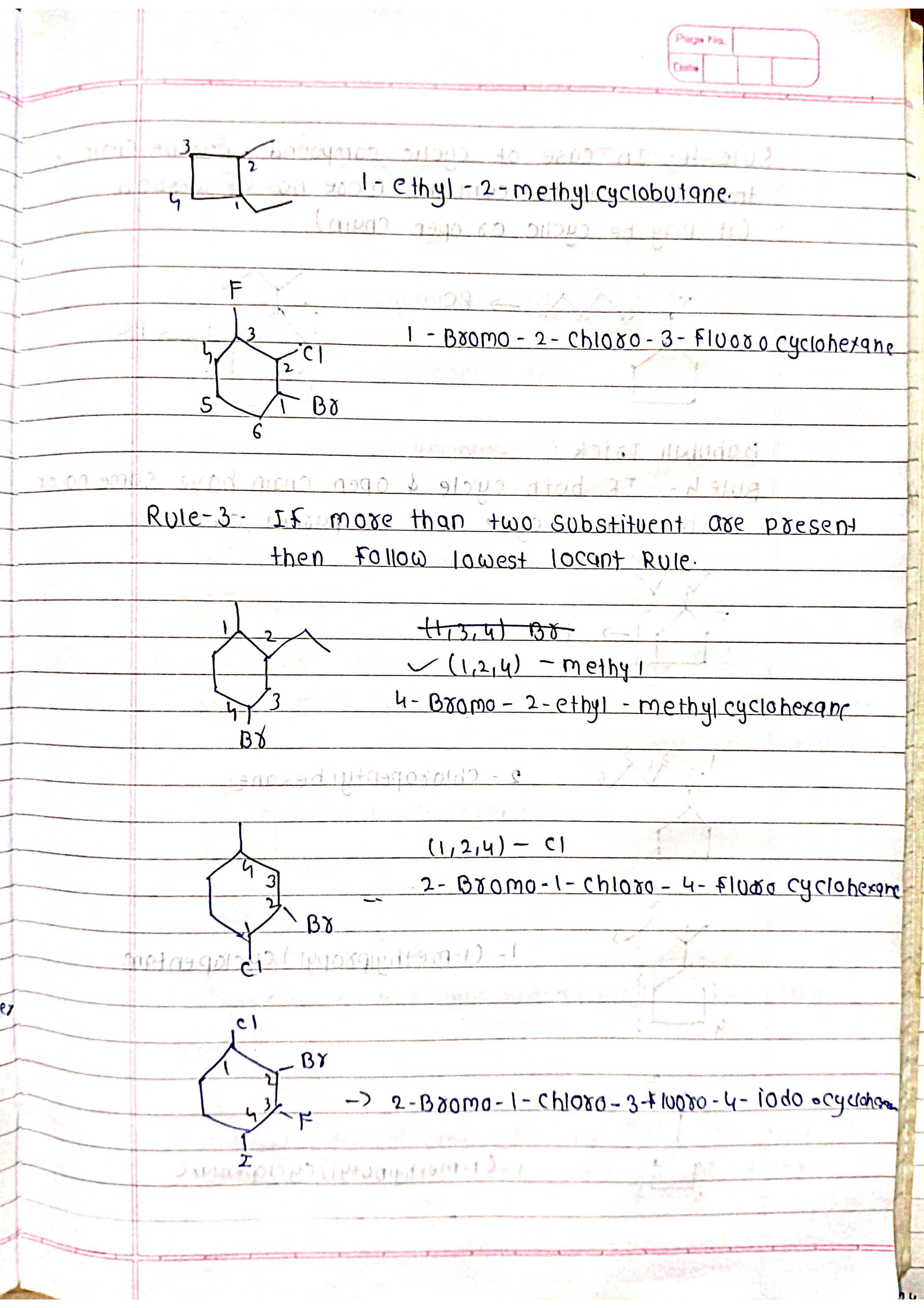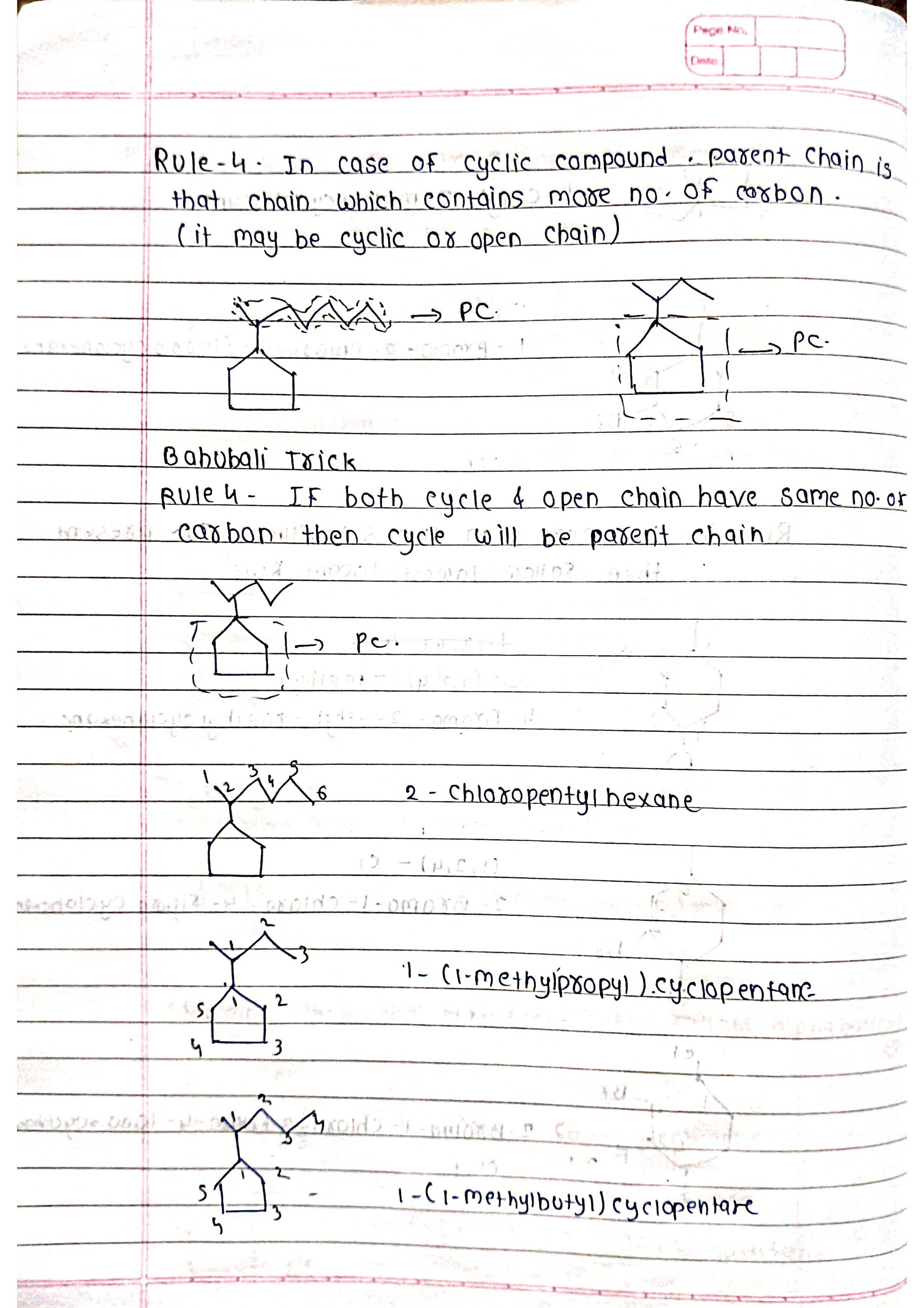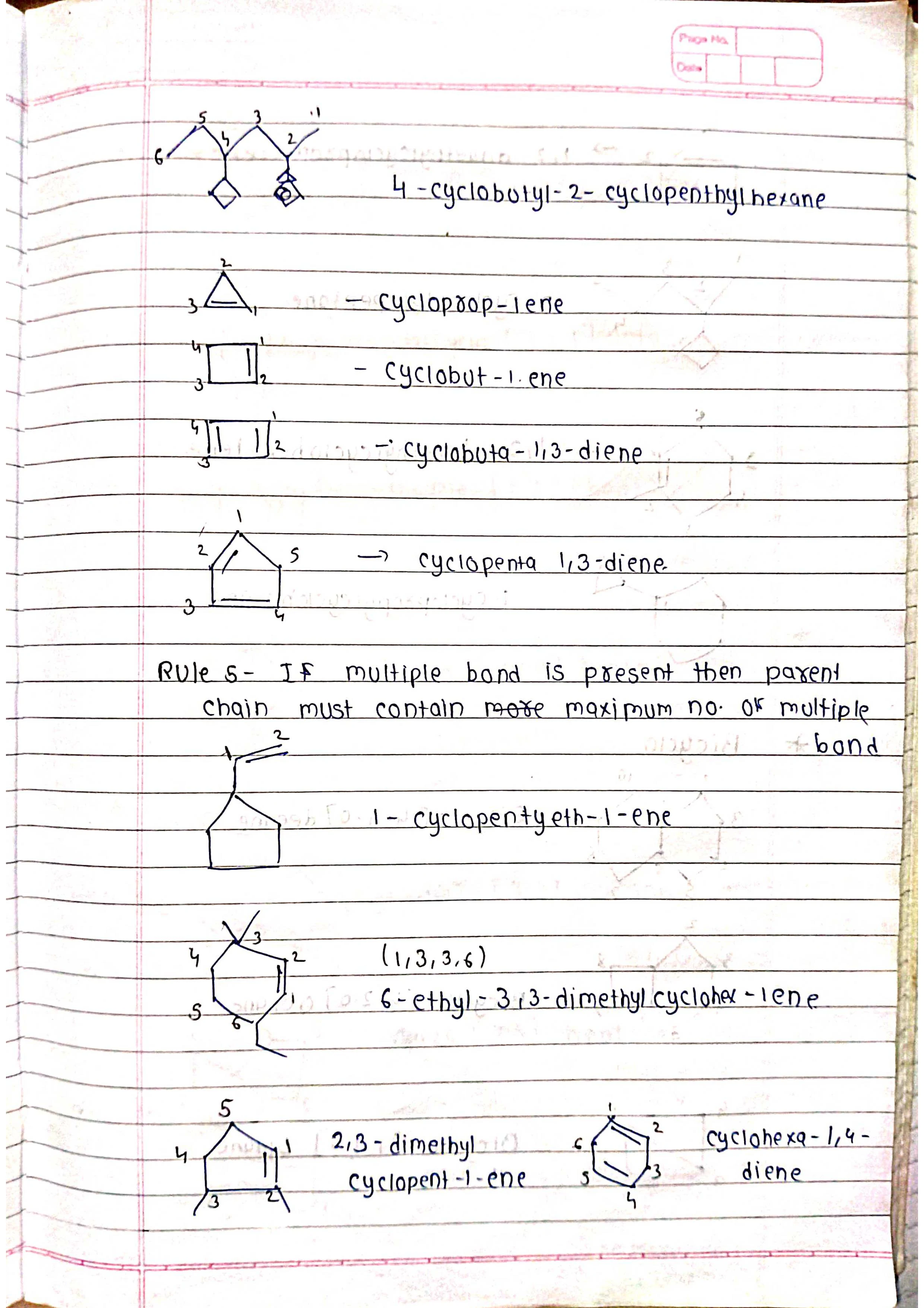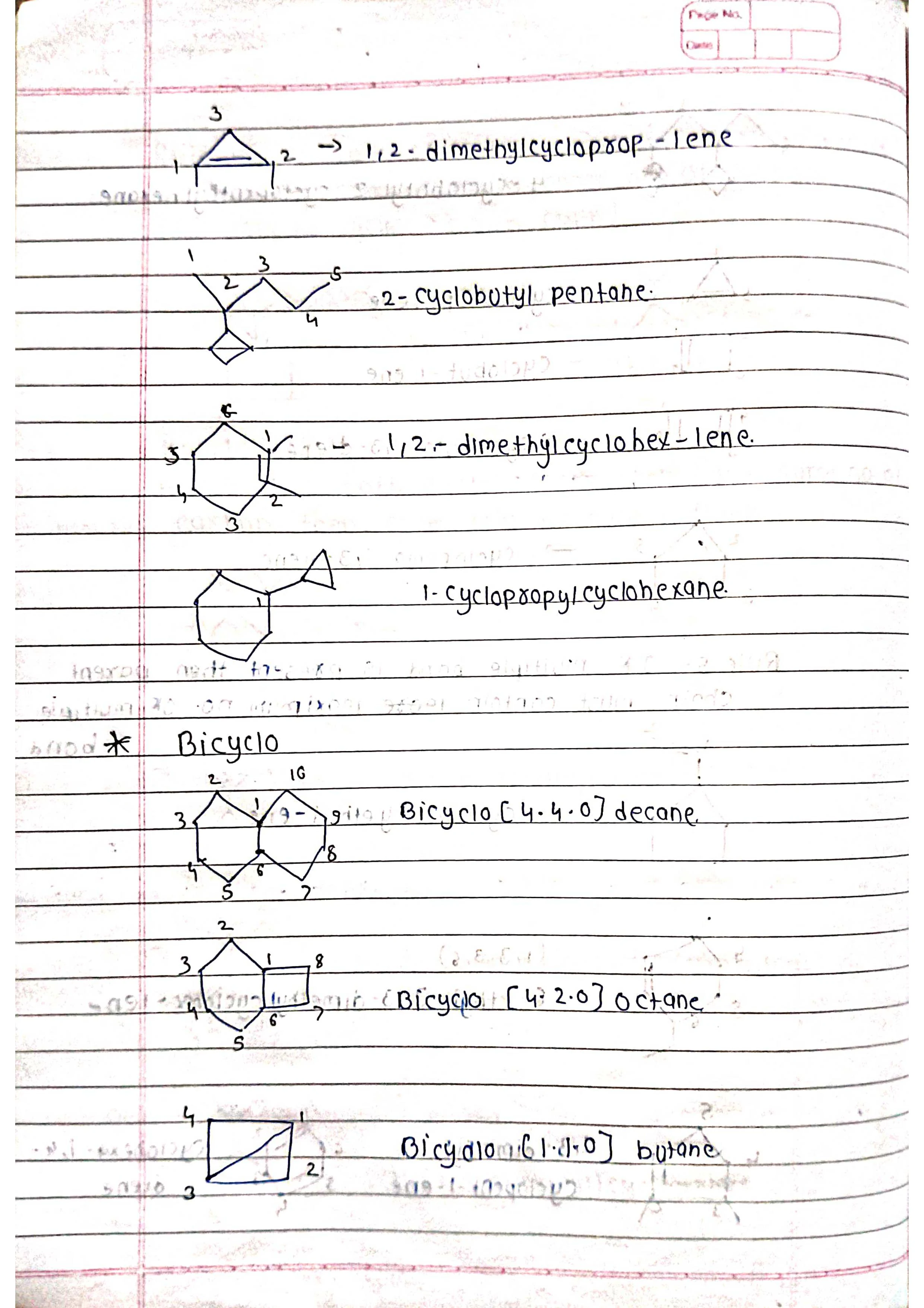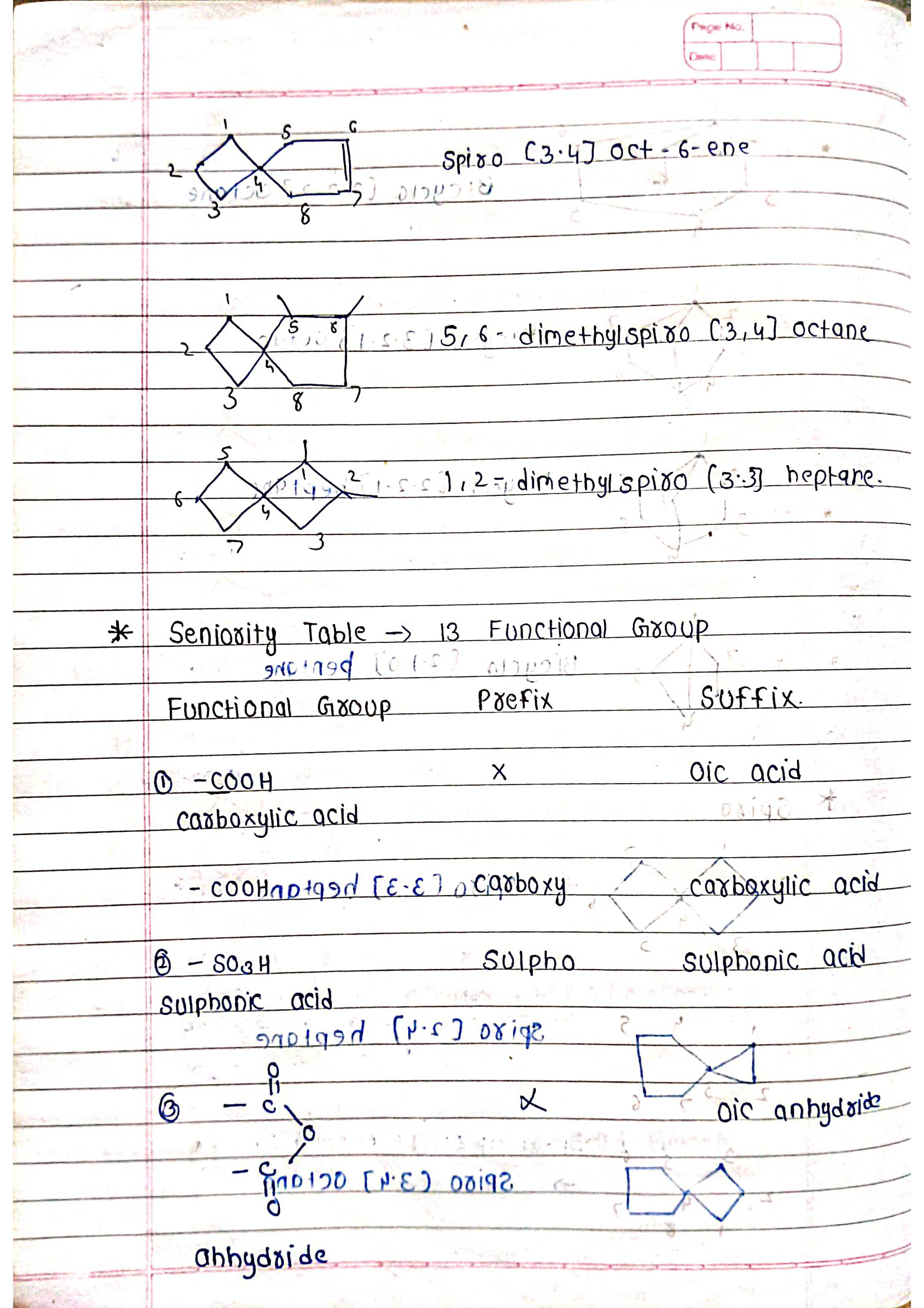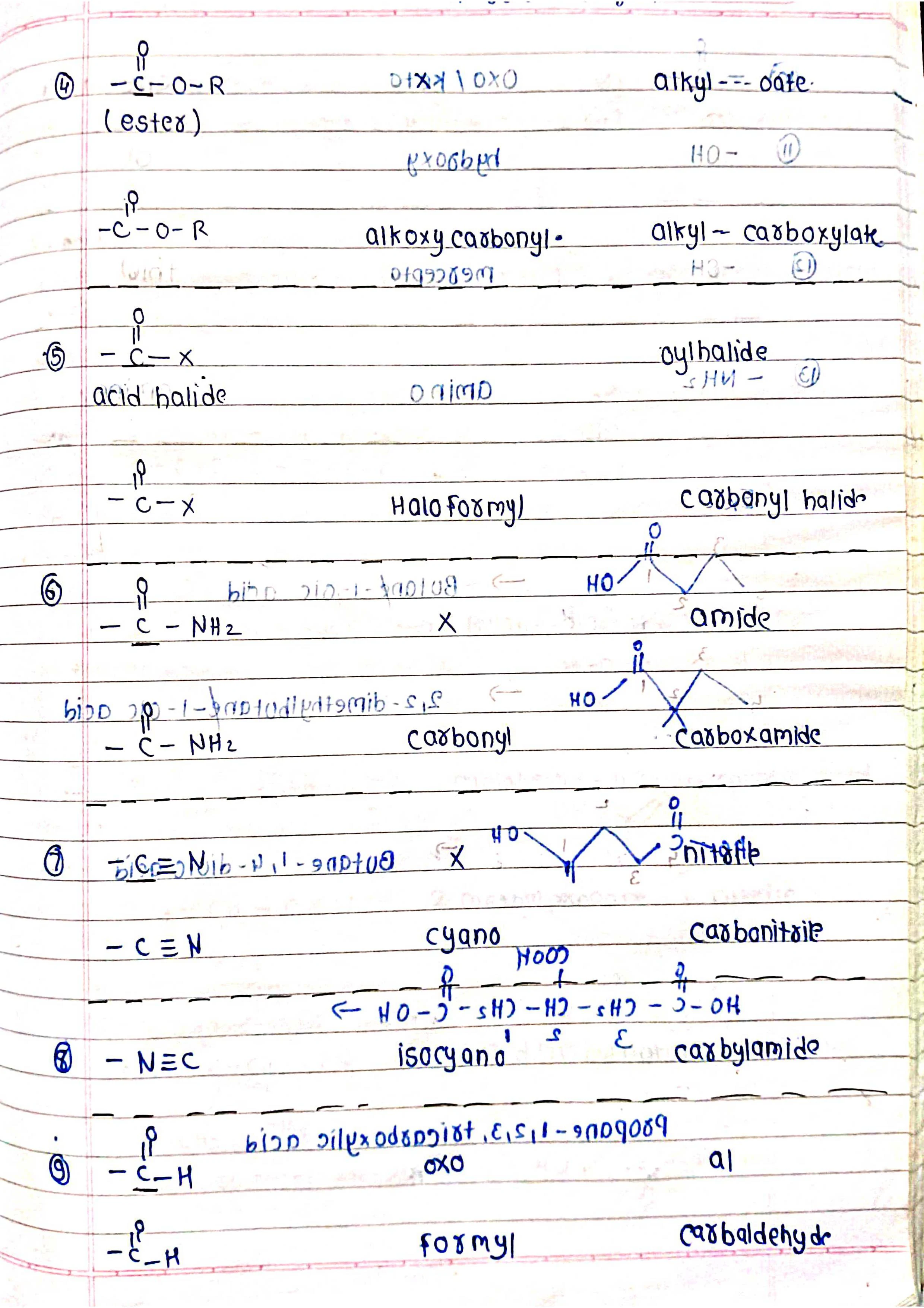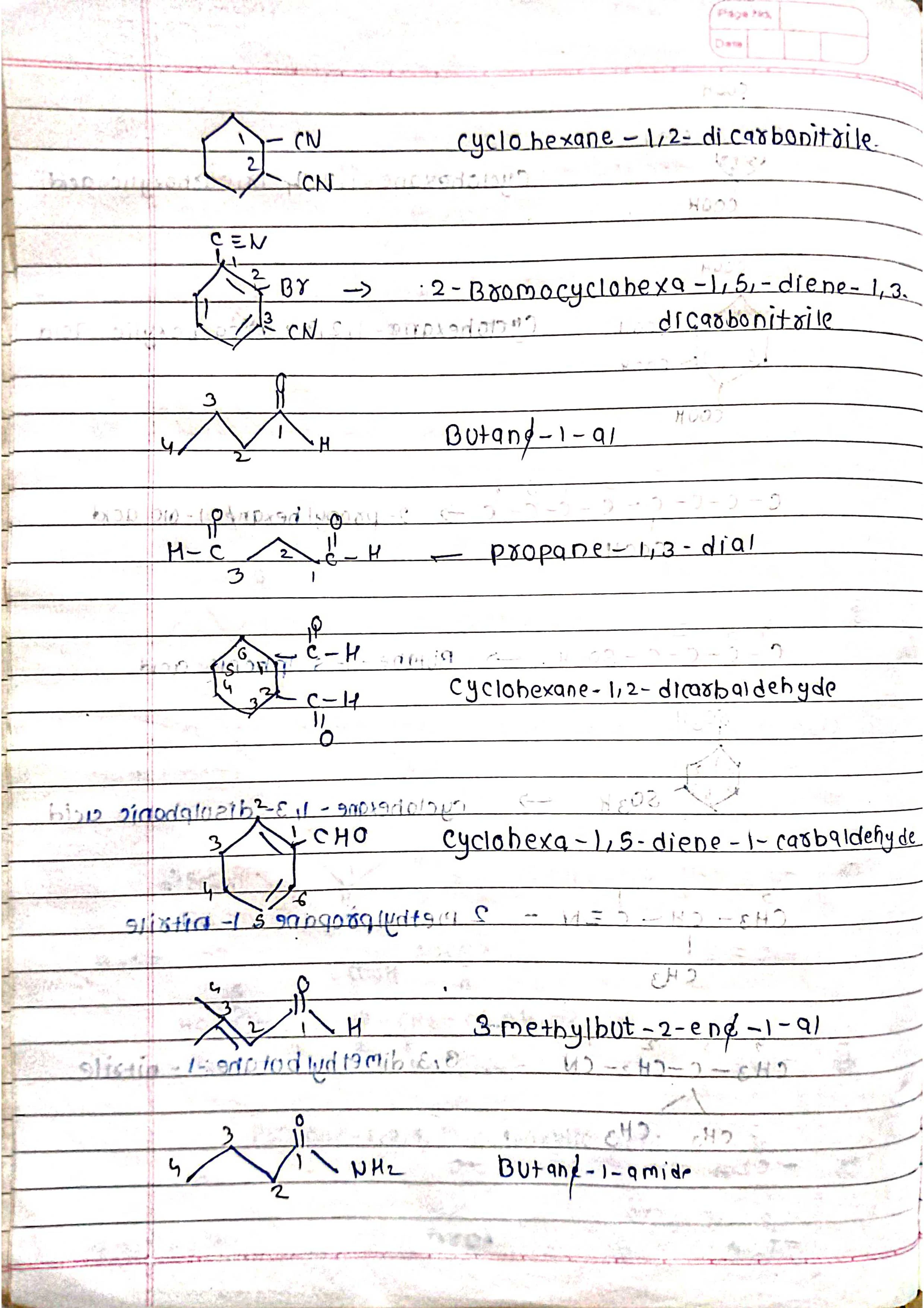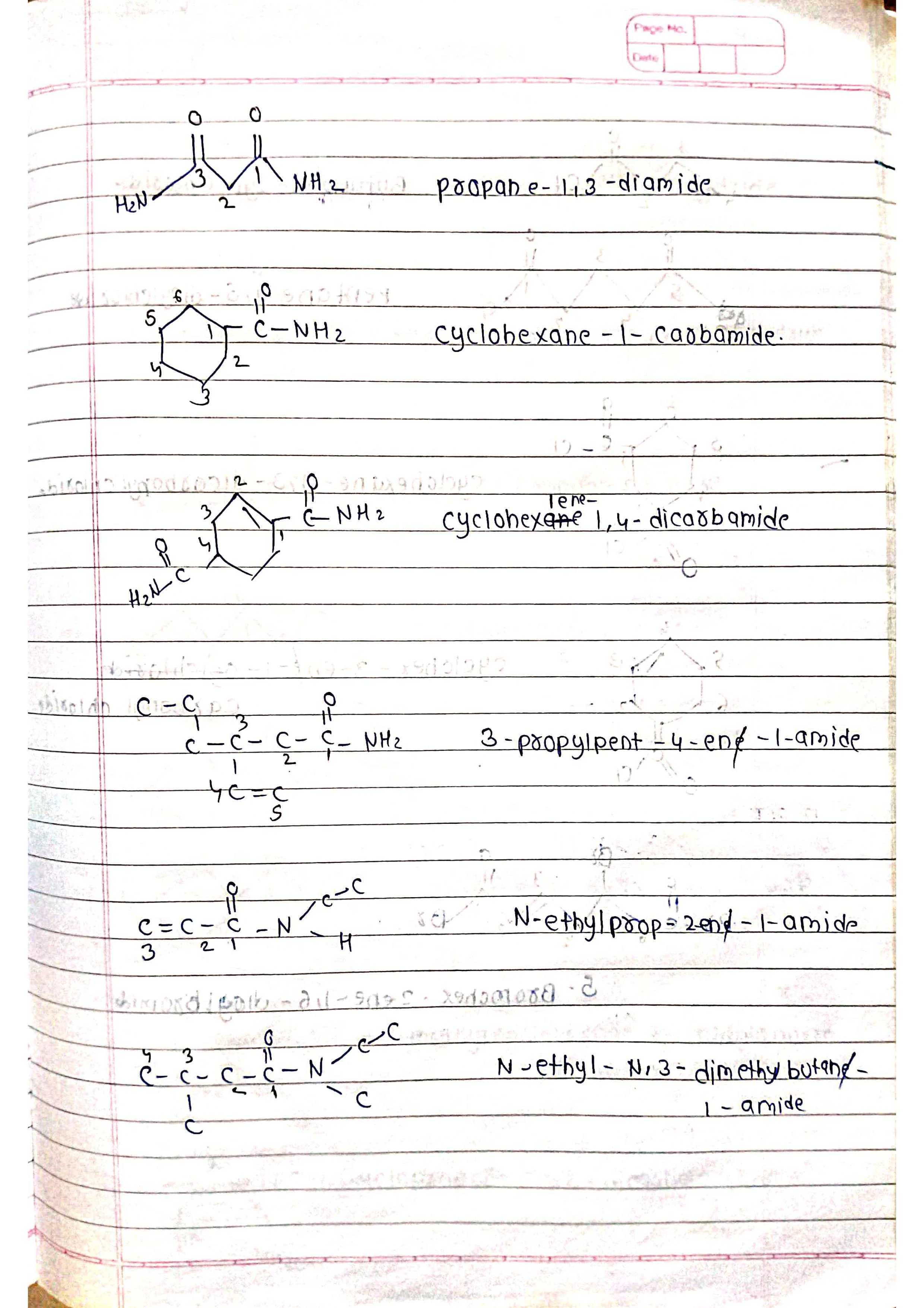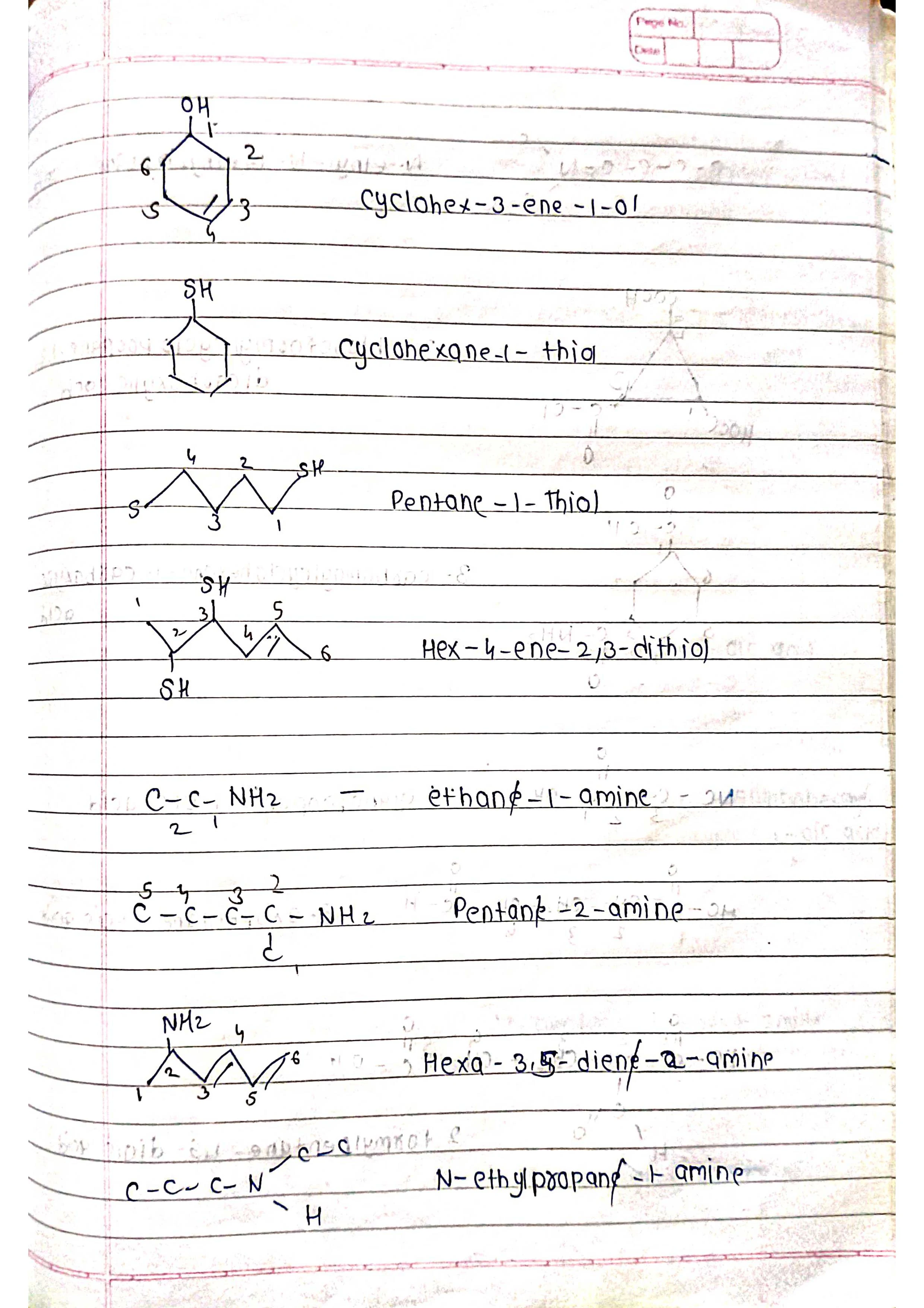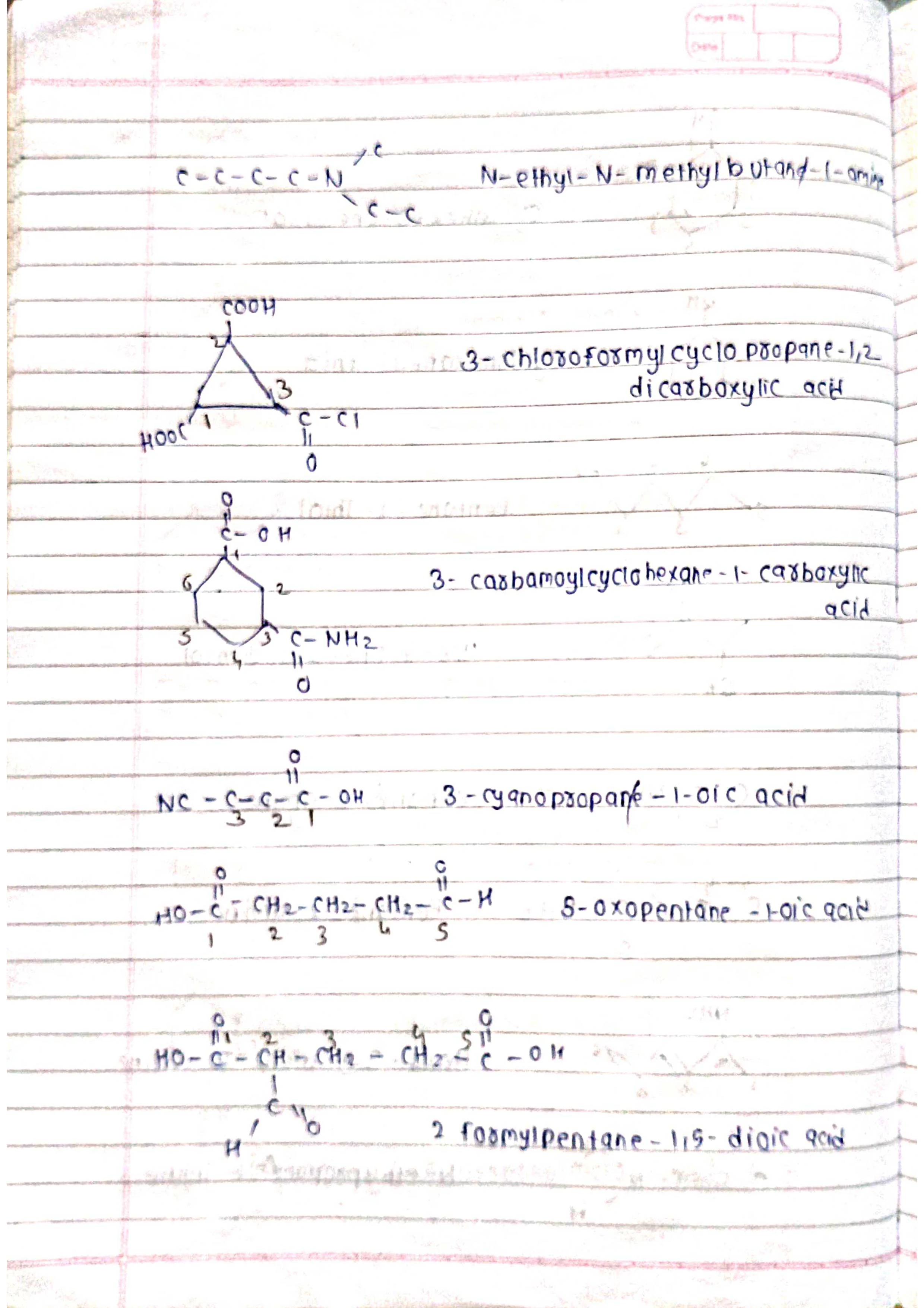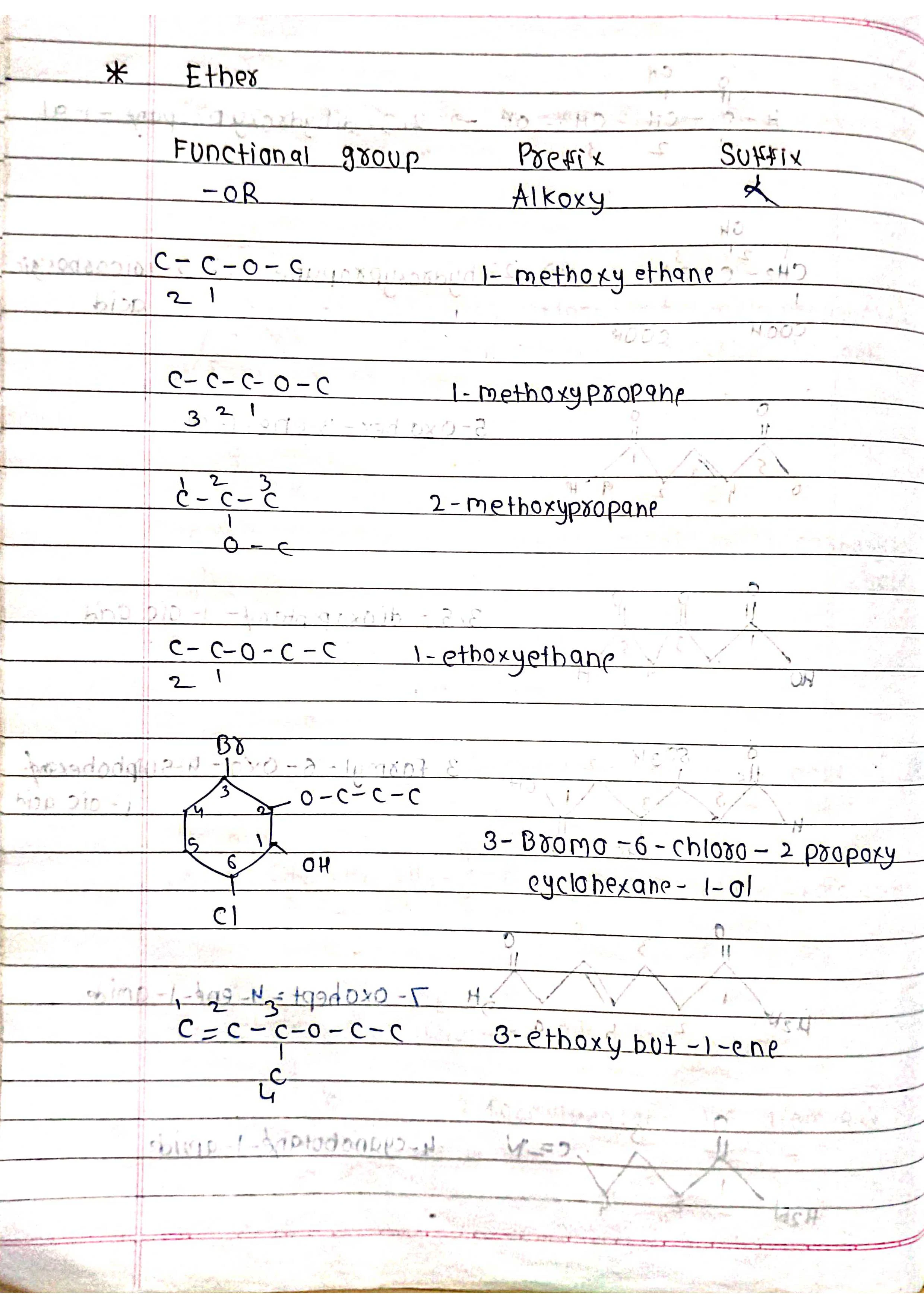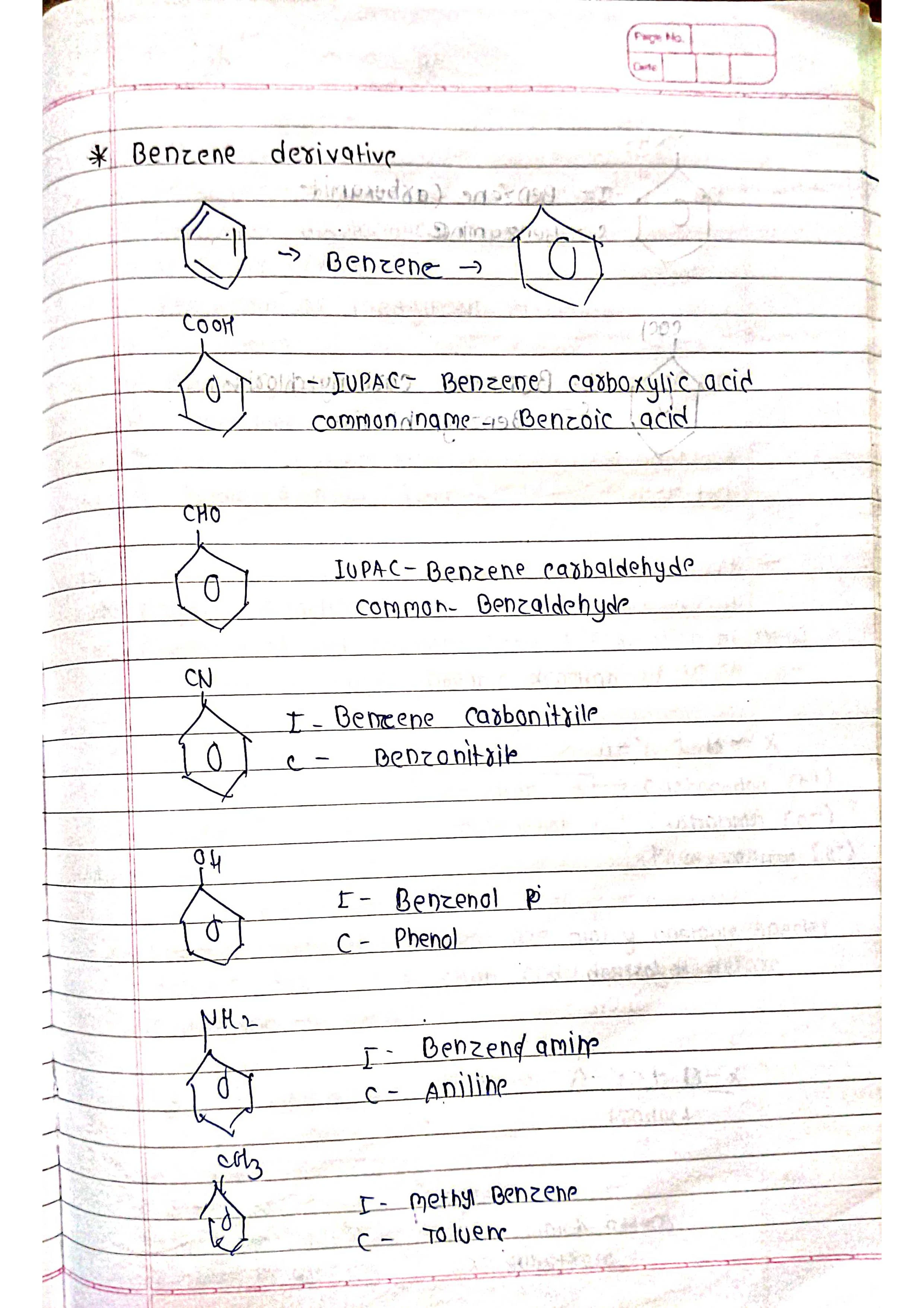IUPAC nomenclature, developed by the International Union of Pure and Applied Chemistry, is a systematic method for naming chemical compounds. It ensures clarity and consistency in communication across different languages and disciplines. Here's a quick overview:
IUPAC Nomenclature - Key Principles
Unique and unambiguous: Each name corresponds to a single structure, and vice versa.
Based on parent chain: The longest continuous chain of carbon atoms forms the base name.
Functional groups: Different functional groups have specific suffixes attached to the base name.
Substituents: Other atoms or groups attached to the chain are named as prefixes.
Priorities: Functional groups and substituents have priorities to determine their order in the name.
Chemistry Handwritten Short Notes 📚 for Class 11 & 12 | Free PDF Downloads
IUPAC Nomenclature - Steps for Naming
Identify the parent chain: Choose the longest continuous chain of carbon atoms.
Number the chain: Start numbering from the end closest to a functional group (if present).
Identify functional groups: Assign suffixes based on priority (e.g., -ol for alcohol, -one for ketone).
Identify substituents: Name and number them based on their position on the chain (e.g., chloro-, 2-methyl-).
Assemble the name: Combine prefixes, numbers, and suffixes in the correct order.







